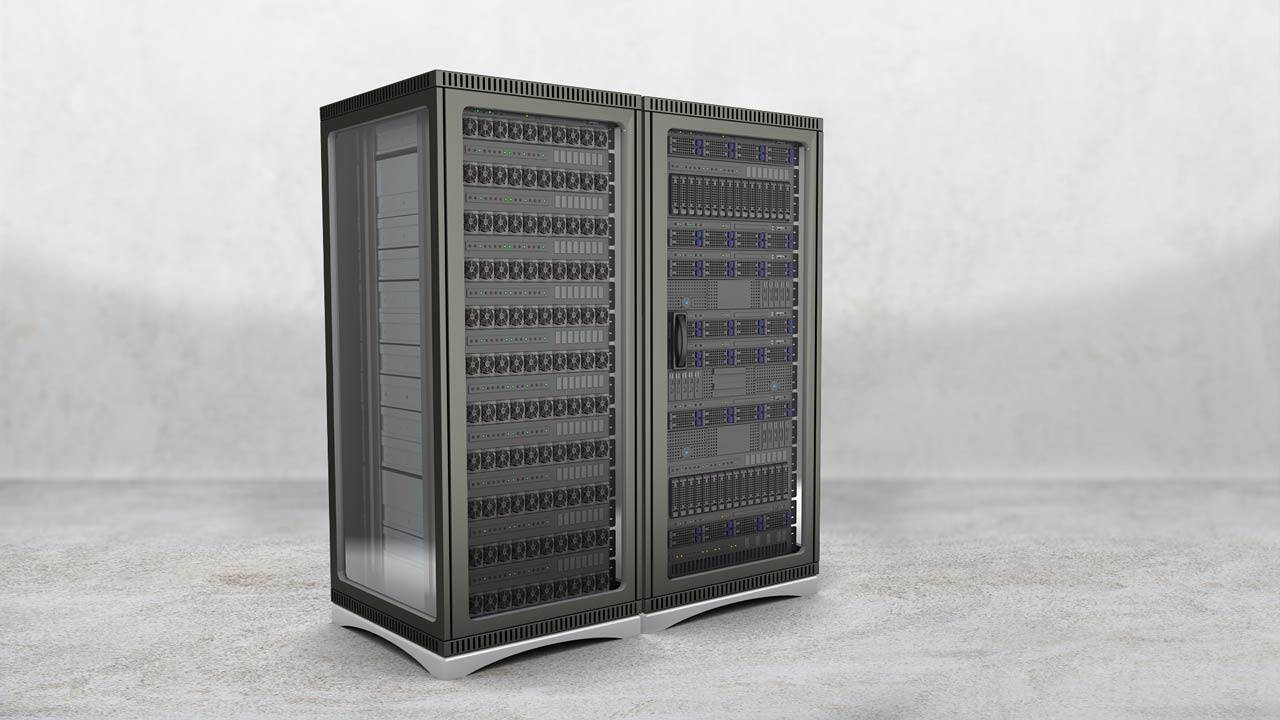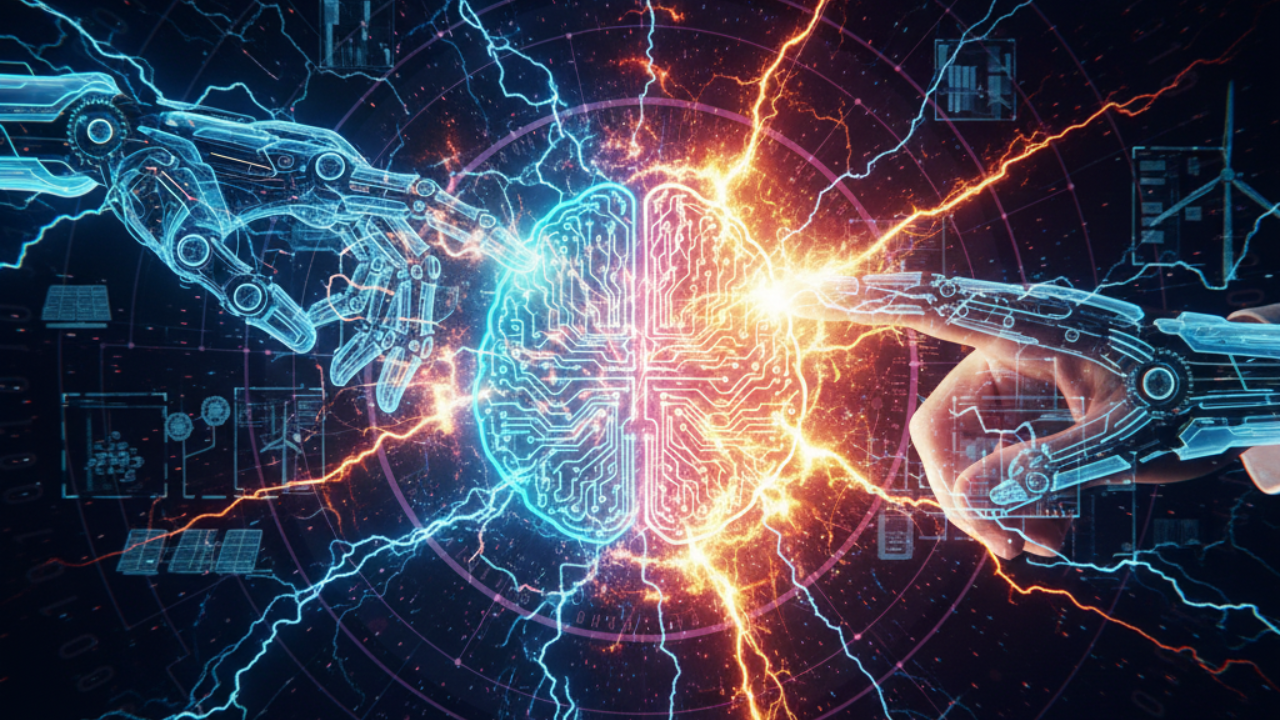Courtesy: Texas Instruments
A significant change is unfolding before us. In the 18th and 19th centuries, the Great Britain used coal to power the Industrial Revolution, propelling the transition to machine manufacturing – the first energy revolution. Next, came the second energy revolution, in the United States, where the oil boom of the 20th century fuelled unprecedented advancements in vehicles and electricity.
Today, artificial intelligence (AI) is ushering in the third energy revolution through its rapid growth. Focus is changing on the the generation, conversion, and distribution of the energy needed to power the massive amounts of data we’re consuming. Today, the biggest question is, ‘how to generate the necessary energy required to power data centers and how to efficiently move that energy down the power path – from the grid to the gates of the processors’, which is quickly becoming the most exciting challenge of our times.
Changing distribution levels
As the computing power required by AI data centers scales, data center architectures are undergoing a major change. Typically, servers stack on top of each other in data center computing racks, with power-supply units (PSUs) at the bottom. Alternating current (AC) is distributed to every server rack, where a PSU converts it to 48V and then down to 12V. Point-of-load converters in the server then take it down to the processor gate core voltages.
With the advent of generative AI and the subsequent addition of more servers to process information, racks now need significantly more power. For example, entering a question into a large language model (LLM) requires 10 times the amount of power as entering the same question into a search engine. These increased power levels are pushing power architectures to the limit.

Meeting power demands with solar energy
As data centers require more power to support growing and evolving workloads, renewable energy might just be the answer. Solar is becoming an increasingly viable and affordable energy source in many parts of the world. Coincidentally, data center customers are committing to 100% renewable energy within their companies, and this commitment must be reflected in the data centers they use. Solar can not only help data center customers meet their sustainability goals, but also offers a fast way to deploy more energy generation.
Semiconductors are at the center of the solar power conversion process, making these technologies key to meeting data center power demands. Efficient power conversion and accurate sensing technologies are crucial to making solar a reliable source of energy for the grid.
Energy storage to maximize solar output
Even though data centers operate every hour of every day, solar energy is only available during day time. So how will solar energy help power data centers when the sun isn’t shining? That’s where battery energy storage systems (ESS) become a critical piece of the puzzle, making sure the energy is available and can be used at any time when needed.
Batteries are already an essential component of the grid, effectively storing and releasing large amounts of electricity throughout the grid, and now they’re being used specifically for data centers. Battery management systems within an ESS directly monitor battery cells and assess the amount of energy within, measuring the voltage and determining the state of charge and state of health of the battery to help ensure there is the necessary power available.
In the age of artificial intelligence, data is the new currency, and it’s more valuable than ever. As such, something must power – and sustain – it. We used coal to kickstart factories, and oil to advance automobiles, and now, renewable energy can help us address the growing power needs of data centers in the future.






